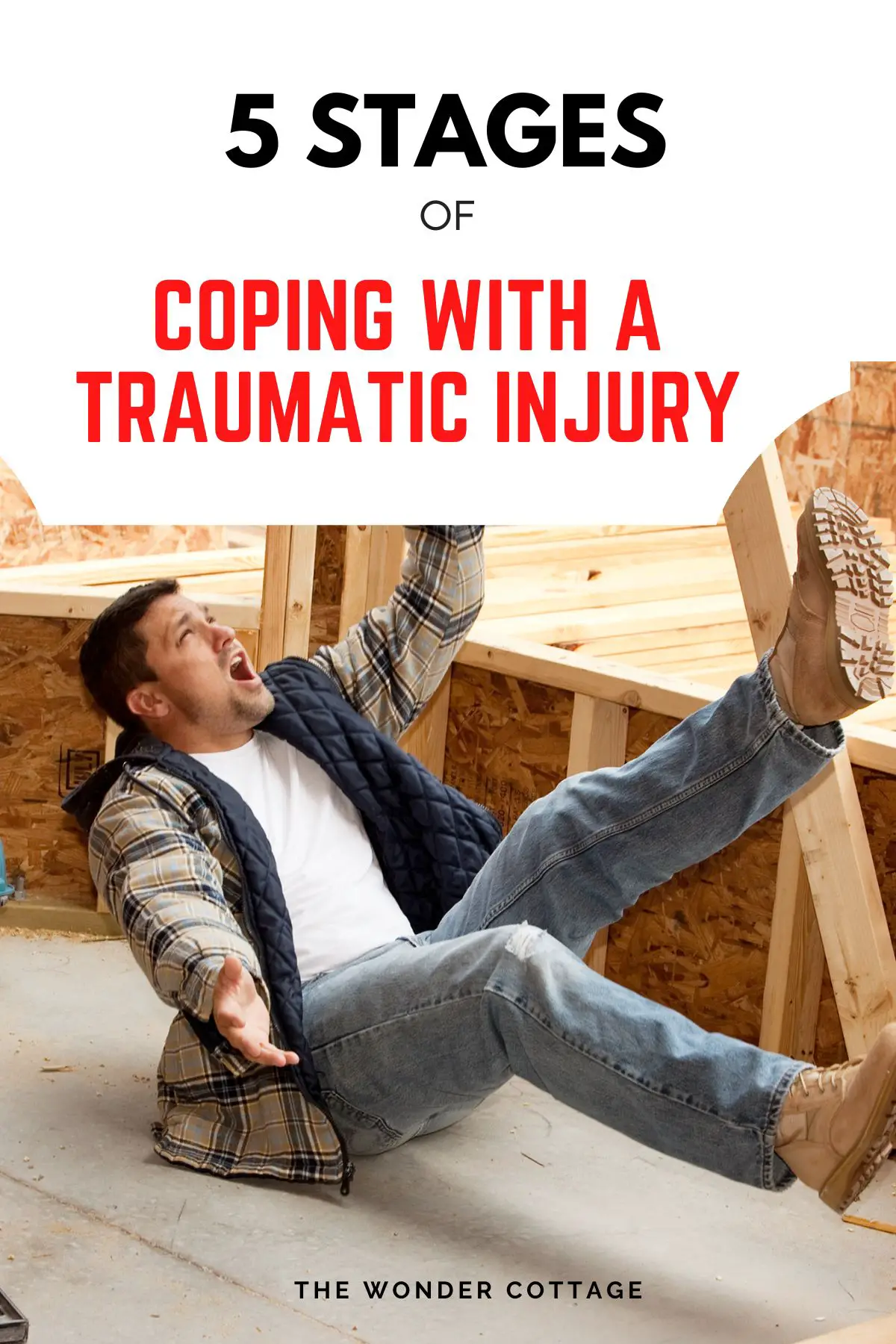Are you experiencing a traumatic injury? It could be anything from a spinal cord injury to severe brain injuries. We understand it is mentally, emotionally, and physically draining for the victim. Mainly when the damage is caused because of somebody else’s negligence.
These injuries can result in emotional, cognitive, and behavioral changes. Moreover, it also affects the earning capacity and financial well-being. The stress of everything going around and not being able to manage things as you did earlier can create havoc in your mind. However, you can not stay like this; you’ve got to deal with it and cope with the situation.
Therefore, we have designed this guide to help you deal with the condition and make things better for yourself and your family members. This article discusses the five stages of coping with a traumatic injury. Read on!

5 Stages Of Coping With A Traumatic Injury
Stage1: Denial
There is a rush of feelings and emotions running through people’s minds as they get to know about their life-changing injuries. At first, they feel confused, agitated, and turbulent; thus denying their situation. The stage is even more confusing when a person is hurt due to someone else’s mistake.
The main reason behind denial is the patient’s disbelief of finding themselves in such a situation. They may lose faith in their future and believe nothing will remain the same. It can be as extreme as an introvert becoming extensively outspoken or an extrovert shutting themselves off from the world. Some people may take a few days to get over this, while others may move to the next stage after a few months.
Stage 2: Anger
As the patient begins to comprehend their situation, a rage of anger stems through their mind. They may want to get the responsible party punished for their deed. The injured may go through waves of blaming people, sometimes themselves too. People may take their time to reach this stage.
For example, if a person is hurt in a car accident, they may reach the anger stage within a few days. Experts suggest that it is one of the main stages where people decide to connect with a personal injury attorney to get justice for themselves. The ways of expression vary from person to person. Some may keep silent, while others may keep speaking about it repeatedly before entering the next stage.
Stage 3: Bargaining
Bargaining is nothing but a stage where the injured may want to believe that they may return to their life before the accident. Some people view it as a positive affirmation that helps them to deal with the stress and look forward to healing.
At the same time, others fall into the trap of bargaining and set unrealistic goals for themselves, which later hurts them more. Loved ones can help the individuals in this stage where they can point out the utopian objectives and insist on setting small achievable goals.
Related Posts
Stage 4: Depression
Multiple failed attempts at bargaining and unexpressed anger can lead to depression. People begin to question their worth and have thoughts about ‘why is this happening to me?’
Gradually, you realize that denial, anger, and bargaining the wrong way will not help reverse the situation. As the reality hits, you lose your faith in the future. You understand how things are different from before and need to make specific changes in your life.
In many cases, patients feel useless and worthless. Therefore, it is the caregiver’s responsibility to pour them with love and care. They need to feel valued, cared for, and supported regardless of their situation. It is natural for the injured to feel useless, but making them believe they are not alone in this fight will help them recover from depression.
Stage 5: Acceptance
There is no set period for when a person will reach this stage. Some do it within a few days of their accident, but others may take months to accept their condition. It is the final stage when a person agrees with the changes and looks forward to how they can make the best of what they have now.
For instance, if a person is suffering from loss of mobility, they may change their approach from ‘I can’t walk’ to ‘Well! Let’s see what changes can help ease my mobility and everyday activities.’
The final stage is not the end of the road. But it is the beginning of the healing journey for the injured. People start to view things from a different approach. Simply put, the mindset shifts from guilt, blame, anger, and irritation to problem-solving.
Final thoughts
The above stages are widely accepted in the field and are bare bones for classifying individual trauma. The steps may vary from person to person, and individuals may experience all the stages or jump from one to another. It depends on their mental ability to comprehend things and the accident’s impact on their cognitive and emotional well-being.





